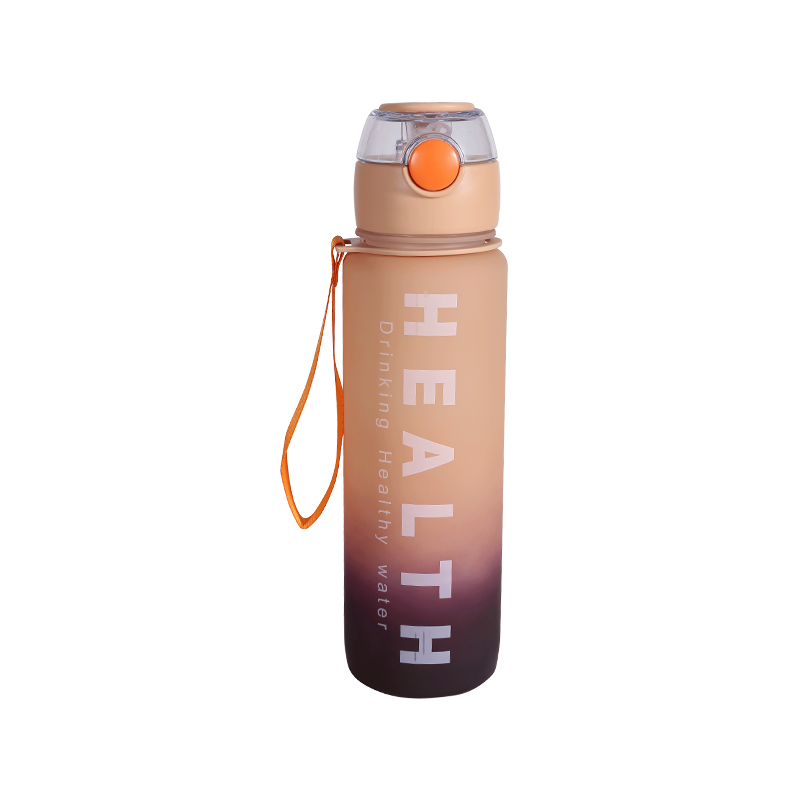A Leak Proof Plastic Water Bottle is often marketed as a practical hydration tool for everyday life, but its true value is often tested in outdoor environments where people spend extended hours hiking, cycling, camping, or traveling. The key question is whether such a bottle remains convenient, reliable, and efficient for long-term outdoor carrying. By examining aspects such as weight, portability, durability, capacity, and overall performance, it is possible to assess how well this type of bottle supports users in outdoor settings.

Weight and Portability
One of the strong advantages of plastic bottles over alternatives like stainless steel or glass is their light weight. Outdoor enthusiasts who need to minimize load find that plastic bottles reduce the strain of carrying supplies over long distances. Since every gram counts during extended hikes or treks, a plastic bottle is far easier to manage than a heavier metal bottle. Portability is further enhanced when the design incorporates features such as slim profiles for easy backpack storage, carry handles, or carabiner clips for attaching to gear.
Durability in Outdoor Conditions
Although plastic bottles are light, questions often arise about their durability. Outdoor conditions can expose bottles to drops, rough surfaces, and changing temperatures. A high-quality plastic bottle is usually shatter-resistant and less prone to denting than a metal bottle, but it can still crack under extreme force. Long-term exposure to sunlight and high heat may also weaken the material. Despite these limitations, modern food-grade plastics are engineered to provide resilience, and with careful handling, they remain dependable for extended outdoor use.
Capacity and Hydration Needs
Another consideration for long-term outdoor carrying is capacity. Plastic bottles are available in a wide range of sizes, from compact 500ml designs to larger 1.5-liter models. Choosing the right size is essential because carrying too small a bottle may require frequent refilling, while carrying one that is too large adds unnecessary weight. Plastic bottles strike a good balance by offering multiple capacity choices, allowing outdoor users to select one that matches their specific activity and hydration requirements.
Comfort and Convenience Features
The convenience of carrying a bottle outdoors is not just about weight and size but also about ergonomic design. Many plastic bottles feature contoured shapes for easy grip, wide mouths for quick refilling from natural water sources, and leak-proof lids that prevent spills inside backpacks. A well-designed bottle reduces the need for frequent adjustments during activity, letting users focus on their outdoor experience without worrying about leaks or discomfort.
Insulation and Temperature Control
A common drawback of plastic bottles compared to insulated metal bottles is the lack of temperature retention. For long outdoor trips, beverages stored in plastic bottles may quickly warm up under the sun. While this does not affect the fundamental leak-proof feature, it can reduce drinking comfort in hot weather. Some users address this by pairing plastic bottles with insulated sleeves or by using them mainly for water, which is less sensitive to temperature changes than hot or flavored beverages.
Environmental and Health Factors
Long-term outdoor carrying also brings up questions about environmental responsibility and health safety. Reusable plastic bottles are a better option than disposable bottles, reducing plastic waste in nature. Many modern models are also BPA-free and safe for repeated use, making them a sustainable choice when properly maintained. For outdoor enthusiasts concerned about sustainability, using a durable plastic bottle repeatedly is an environmentally conscious step that balances practicality with eco-friendliness.
The convenience of carrying a Leak Proof Plastic Water Bottle for long outdoor use depends on factors such as weight, durability, capacity, and ergonomic design. Plastic bottles excel in being lightweight and easy to carry, making them ideal for hikers, travelers, and athletes who prioritize portability. While they may not offer the same level of insulation as metal bottles, their versatility, affordability, and wide availability make them a reliable choice for most outdoor activities. With thoughtful selection and proper care, a plastic water bottle can indeed serve as a dependable companion for long-term outdoor adventures.

 English
English 中文简体
中文简体 Español
Español